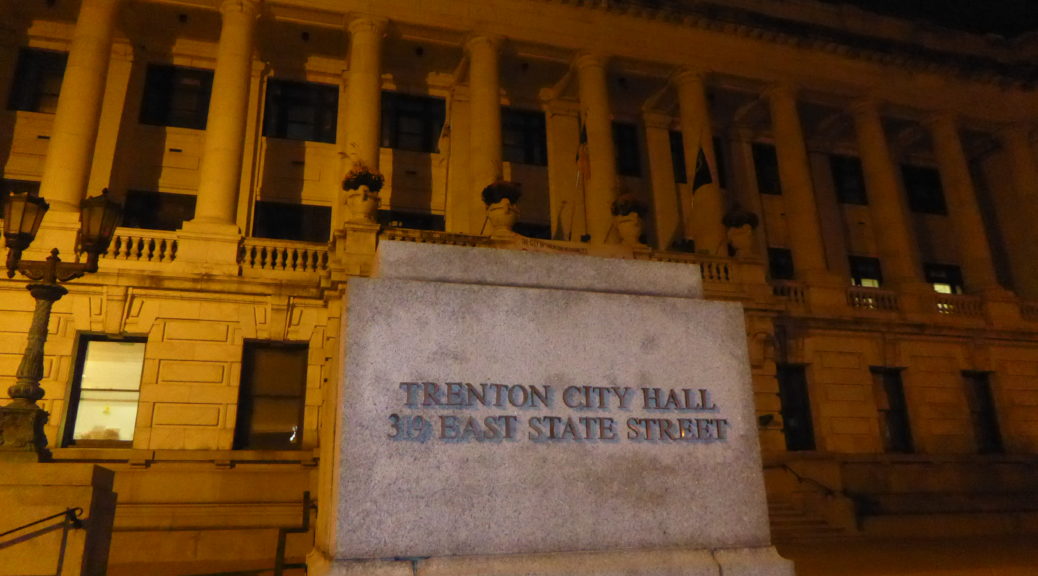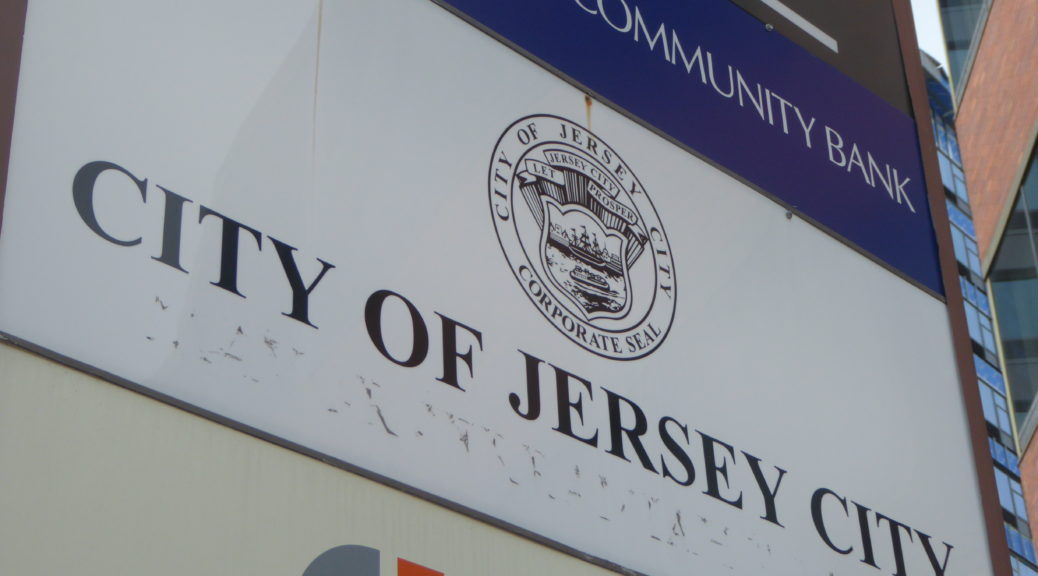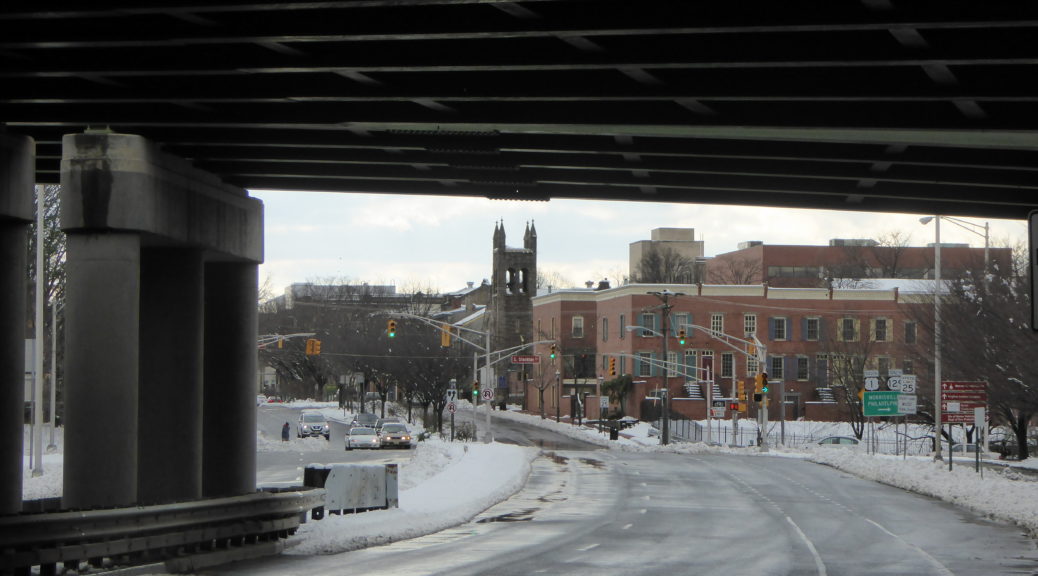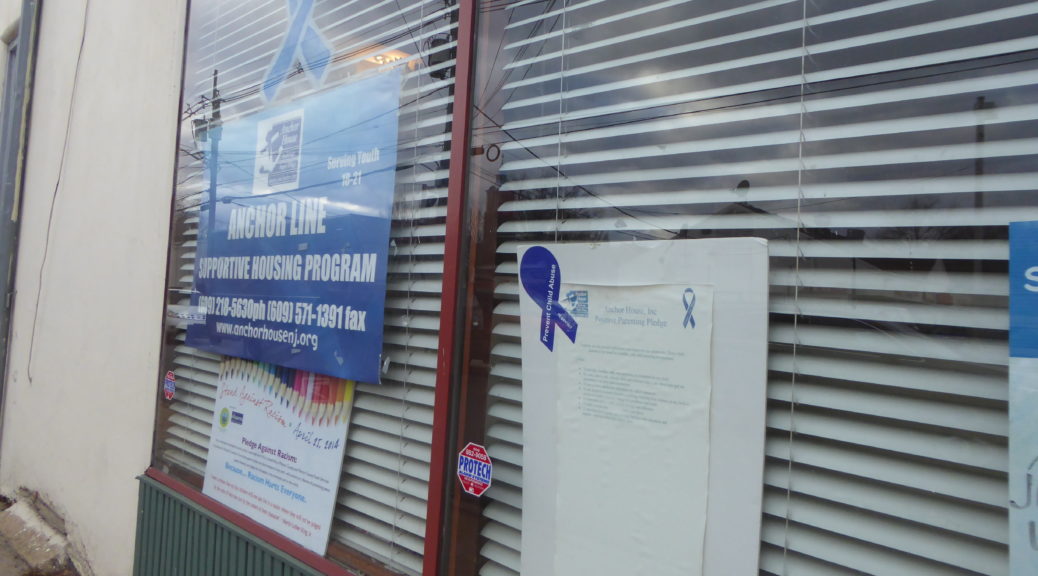By Kristine Spike
Once every ten years, the U.S. government conducts the census. This started back in 1790 and is critical as the census accounts for numerous aspects. Often argued to be the most notable is the fact that the census is responsible for the number of seats each state receives in the House of Representatives. However, the census also determines the amount of government funding different areas receive. This includes programs such as Medicaid, Medicare, Children’s Health Insurance (CHIP), etc. One issue with the census presents itself time and time again. Are individuals being underrepresented or missed in the census count? This directly correlates to the amount of funding that areas receive, and it is no coincidence that the underrepresented areas are the ones that lack a multitude of resources, as well as areas with a large number of people experiencing homelessness.
For the first time in history the census is now available online. This is revolutionary and makes the census more accessible to millions of people; however, this still poses a huge problem. There are an estimated 19 million Americans who do not have fixed broadband services. That being said, efforts have been made in Mercer County to make sure that everyone is accounted for through Complete Count Committees. People need to know that the census is taking place before they can worry about filling it out. The federal government has commercials, and mail advertisements, but for people with limited internet/TV access and no mailing address, these are not effective measures.
Complete Count Committees in Mercer County have utilized resources such as ad space on billboards,in bus terminals, and on busses themselves, and have canvassed at various community locations. The advertisements are marketed to certain target groups. They specifically incorporate messages for groups that have had low response rates in the past. For example, Black and Latino men ages 15-28, and people with disabilities are featured on the advertisements and billboards due to their lack of representation in the prior census. Also, members of the committee have gone door to door and even to shelters leaving fliers with information on what the census is and how to fill it out. These have been distributed in Spanish and English in order to reach as many people as possible.
After ensuring people know about the census, the second phase is helping people complete it. There are three ways to complete the census: online, by phone, or paper (mail) response. In order to help with online responses, The Complete Count Committees have set up various access centers where people can come in and quickly complete the census. These areas currently closed due to Covid-19 but will reopen when deemed safe. Another option is by phone. By calling 844-330-2020 (English speakers) or 844-468-2020 (Spanish speakers) people are given the option to efficiently answer the questions through the phone. Note there are also 59 other languages the census is offered in, see (2020census.gov for full listing).
The committees have been working tirelessly to ensure that as many people in Mercer county are counted as possible. Currently, the response rate is at 49.2% for the county; however, the closer that number is to 100% the better. Additionally, it is important to note that particular areas fall beneath that number. Trenton for example is currently only at a 30% response rate, well under the current response rate. It is important that all communities within Mercer are counted.
The recent outbreak of COVID-19 has made the committees change some of their plans. Tarry Truitt, a consultant for the Trenton Area Nonprofit Complete Count Committee, has called it, “an interesting time.” Recent events have shown just how important representation is. The census is taken into account when roads are built/repaired, where shopping plazas are located, and even where hospitals are built. It is truly crucial that people in Mercer county are accounted for. Since most people are not able to leave their homes currently, the social media that was already being utilized to draw attention to the census is now receiving a second wind. Of course, commercials and videos are being utilized, but there has also been a push to get advertisements in local newspapers as this reaches more of the individuals in the target audience. Plans are being made to reach as many people as possible once the country reopens due to COVID-19.
The census has been extended until August 14th, fill it out- Everyone Counts.













